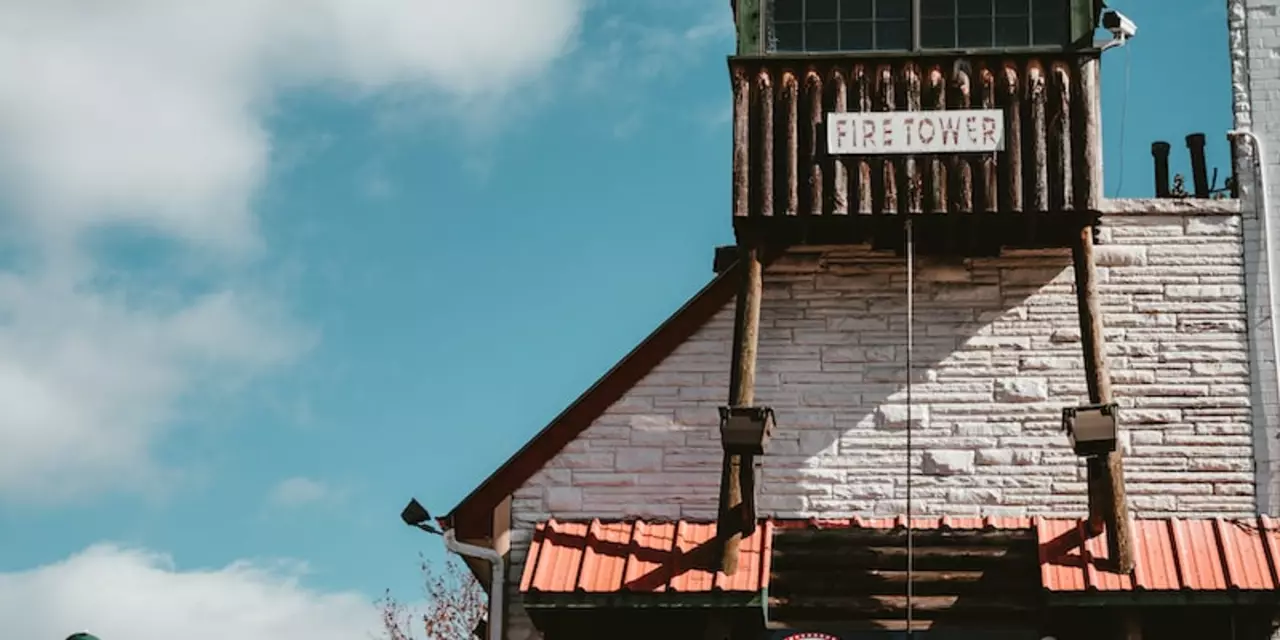Nobility in Motorsports: What Makes a Team or Event Truly Elite?
When you hear the word "nobility" you probably think of castles or crowns, but in racing it’s about legacy, prestige and a touch of class. Fans love to know which teams have a historic pedigree, which drivers come from royal families, and why some events feel like a high‑society gathering. Let’s break down what makes a motorsport outfit noble and how you can spot it at a track.
Historic Teams That Carry the Crown
Ferrari is the first name that pops up for most people. Founded in 1947, the Italian marque has never stopped racing in Formula 1, and its red cars are instantly recognizable. Mercedes‑Benz has a similar story—starting in Grand Prix racing in the 1930s, leaving a gap after WWII, then returning to dominate modern F1. Both teams treat their heritage like a badge of honor, displaying classic liveries and museum pieces at races.
Other examples include Porsche in endurance racing, McLaren’s British roots, and the legendary Aston Martin GT program. These brands often host VIP lounges, showcase past trophies, and invite former champions to meet fans. That extra layer of history makes the experience feel exclusive, almost like attending a royal ceremony.
Royal Connections and Noble Drivers
Royalty isn’t limited to Europe. In the UK, Prince Charles has been a long‑time patron of the Royal Automobile Club, and his involvement helped launch the Goodwood Festival of Speed. On the driver side, you’ll find names like Prince Badr bin Abdullah of Saudi Arabia who raced in Formula 3, or the British royal family’s occasional presence at the Goodwood Hill Climb.
These links add a sense of glamour. When a driver waves to a royal figure or a team’s garage bears a royal warrant, fans instantly feel they’re part of something bigger than just speed. It’s a mix of sport and tradition that keeps the audience engaged.
If you want to experience this noble vibe yourself, look for events that promote heritage. The Goodwood Revival, for instance, bans modern cars and forces participants to dress in period attire. You’ll see vintage pit crews, classic helmets, and even horses pulling the grandstand entrances. It’s a perfect snapshot of motorsport nobility.
Even everyday races have their own elite circles. In IndyCar, teams like Team Penske and Chip Ganassi Racing have decades of wins and a reputation for professionalism. Fans often refer to them as the "blue blood" of the series. Having a seat in the pit lane or a backstage pass at such events gives you a taste of that privileged atmosphere.
So, how do you know you’re at a noble event? Look for three clues: historic branding on cars and team gear, presence of high‑profile guests (often from royalty or business elite), and extra‑lightning‑fast competition that celebrates the sport’s past while pushing technology forward.
Whether you’re a casual viewer or a die‑hard enthusiast, understanding the noble side of motorsports adds depth to the roar of engines. It reminds you that racing isn’t just about speed—it’s also about legacy, honor, and a little bit of royalty on the track.
Are there still dukes and earls in England?
The British nobility system is one of the oldest in the world, and it still exists today. There are five ranks of nobility in the UK: Duke, Marquess, Earl, Viscount and Baron. Dukes and Earls are the highest ranking of these titles. Dukes and Earls are still in existence, though their power and influence have greatly diminished. Although they no longer have any political power, they still retain their titles and are considered a part of the aristocracy. There are currently over 100 Dukes and Earls in England, many of whom are related to the British royal family.
